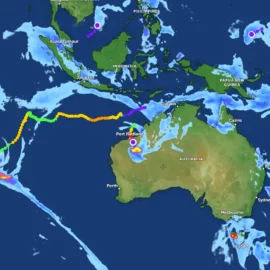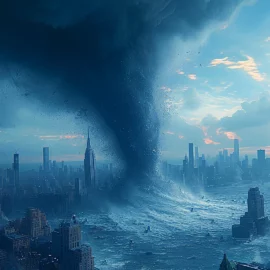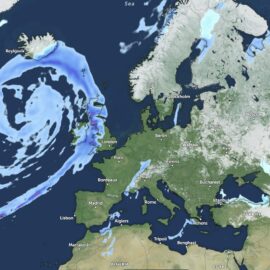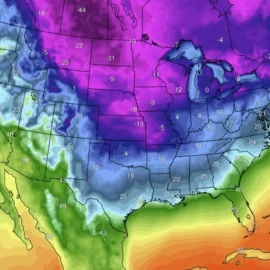G2 – Moderate Geomagnetic Storm Forecasted for November 29, 2024
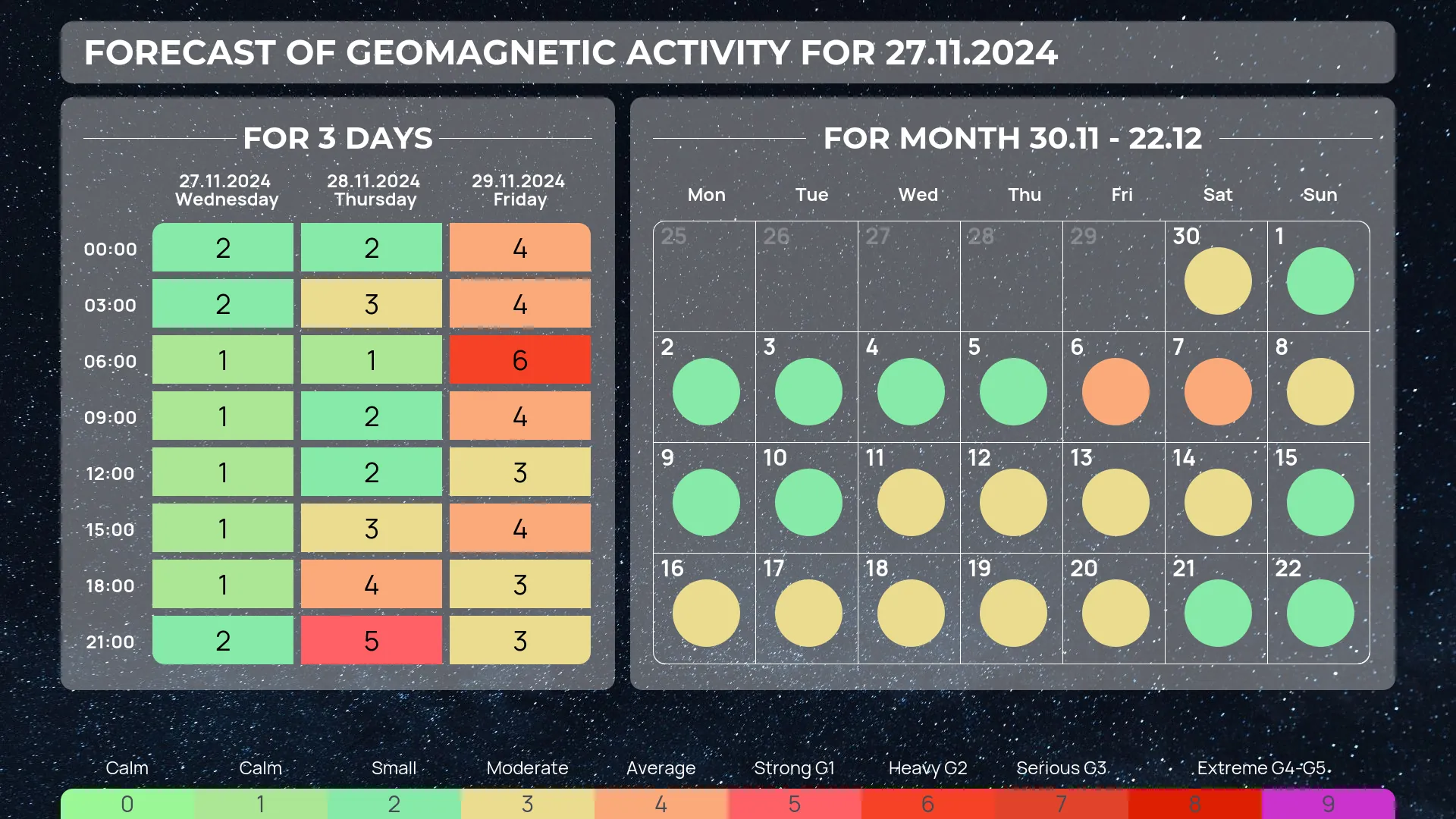
A coronal mass ejection (CME) resulting from a filament eruption near solar Region 3901 at approximately 20:24 UTC on November 25, 2024, is predicted to impact Earth late on November 28, UTC time. The event is expected to trigger geomagnetic activity, with the NOAA Space Weather Prediction Center (SWPC) forecasting a **G1 – Minor storm** for November 28 and escalating to a **G2 – Moderate storm** on November 29.
Potential Impacts of a G2 Storm
Moderate geomagnetic storms (G2) can affect areas at **geomagnetic latitudes of 55° and higher, with the following possible impacts:
- Power Systems: Voltage fluctuations and potential alarms in high-latitude power grids.
- Satellites: Orientation irregularities and increased atmospheric drag on low-Earth orbit satellites.
- Radio Communications: High-frequency (HF) radio signals may experience fading at higher latitudes, impacting aviation and maritime communication.
- Auroras: Enhanced auroras may be visible as far south as New York, Wisconsin, and Washington State.
Solar Wind and Current Space Weather Conditions
Solar wind parameters over the past 24 hours show weak influences from a negative-polarity coronal hole high-speed stream (CH HSS):
- Total magnetic field strength: 6 – 9 nT.
- Bz component: Oscillating between ±7 nT.
- Average solar wind speed: 415 km/s.
The phi angle remained consistently negative, indicating Earth is still in the coronal hole's stream influence.
What to Expect and How to Prepare
- Power Grid Operators: Monitor systems for voltage fluctuations and prepare for potential disruptions.
- Satellite Operators: Conduct checks on satellite positioning and prepare for enhanced drag.
- Amateur Radio Users and Navigators: Be aware of potential communication disruptions, particularly at high latitudes.
- Aurora Enthusiasts: For those in the northern U.S., keep your cameras ready for potential aurora displays late November 28 through November 29.
- As solar activity intensifies, monitoring geomagnetic conditions is essential to mitigate impacts on technology and take advantage of natural phenomena like auroras.
Founder and chief forecaster of the Pogodnik service. He has many years of experience in the meteorological service. He is the author of numerous scientific publications and popular articles about the weather.

